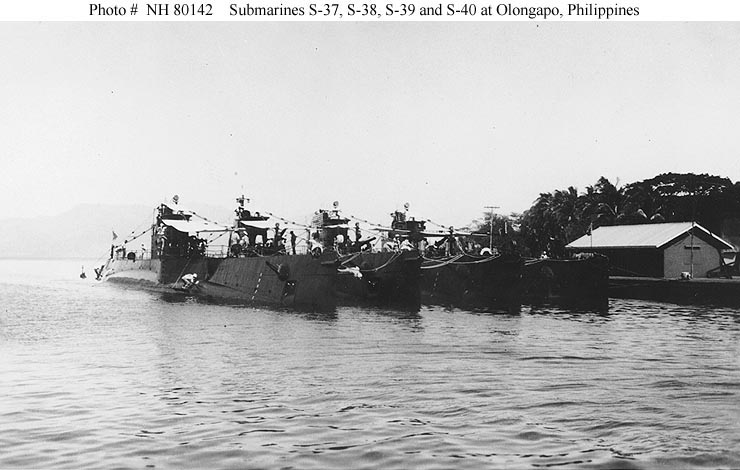Early Overseas DeploymentOlangapo, Subic Bay & Cavite, Manilla Harbor, Philippine IslandsAdvancing to: Asiatic Station including:Tsingtao, Chefoo & Hong Kong China |
 By 1908 the US Navy's submarine fleet totaled 12 submarines- one dozen tiny, under powered boats that were tossed about by any but the calmest seas. Their usefulness as an effective force in any conflict was suspect at best - and scoffed at by many. So it surprises many people that in spite of all of these short comings - submarines were indeed deployed to Olangapo and Cavite, Philippines; and soon on throughout the "Asiatic Station" with the "Asiatic Fleet". By 1908 the US Navy's submarine fleet totaled 12 submarines- one dozen tiny, under powered boats that were tossed about by any but the calmest seas. Their usefulness as an effective force in any conflict was suspect at best - and scoffed at by many. So it surprises many people that in spite of all of these short comings - submarines were indeed deployed to Olangapo and Cavite, Philippines; and soon on throughout the "Asiatic Station" with the "Asiatic Fleet". While this may indeed seem odd - when one considers the many factors that were carefully considered - the logic becomes quite clear - if not flattering to the early submarines themselves. As noted - the early boats were crude. They were small at only 64 feet; diplaced less then 110 tons on the surface - which meant they were tossed about like corks in any but the calmest seas. The fumes from the gasoline fuel was dangerous both from the standpoint of fire; and their detrimental effect on the crew's health. Mice were often kept below to warn of a toxic build-up of fumes - much like birds were used in mines. They were considered only suitable for a very limited coastal defense, as they couldn't keep up with Ships of the Line; and their firepower was extremely limited. |
It was precisely because of these limitations in fact - that the boast were relegated to coastal and harbor defense of Manila Bay - in the newly acquired United States Territory - the Philippine Islands - It seemed a good way to "do something" with these boats. 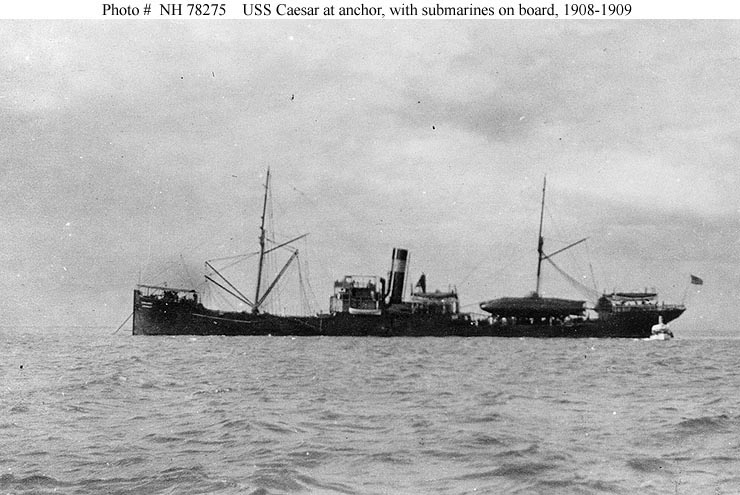 |
| USS CAESAR - a collier (coal transport) with some extra "deck cargo" for Olangapo: the submarines A-6 (originally USS Porpoise, SS-7) and A-7 (originally USS Shark, SS-8) |
| Some history: By the end of 1898 the Spanish -American War was over - and as part of the treaty of Paris the United States acquired the territory of the Philippine Islands - which the Spanish had held since 1521 when Ferdinand Magellan had landed and brought Spanish "influence" with him. So it was that the United States had suddenly found itself responsible for the defense of a group of 7000 islands just a few miles from China and Japan. Worse - friction soon developed between the United States and some of the Philipino people - resulting in the Philippine-American war which lasted until 1901.
Such was the political climate at the turn of the 19th century - much unrest and volitility - particularly in this region that the United States has now suddenly become an important part of. The "base" for this activity - the Philippine Islands. So here are the factors:
So by 1915 - nine submarines were deployed at the Asiatic Station - along with two tenders - USS Mohican and USS Monadnock - as well as occasionally "imposing" on other ships as could be prevailed upon (such as USS Finch (AM 9).
USS Canopus (AS 9) was one of two tenders to the Asiatic Submarine Fleet. Arriving in the Philippines 4 November 1924, Canopus began her regular schedule of services in Manila Bay, and each summer based with the fleet at Tsingtao, China, with occasional training cruises to various Chinese and Japanese ports, and to the British and French colonies. Between 1927 and 1931, the tender was flagship of submarine divisions, Asiatic Fleet, and later was attached to Submarine Division 10 and was flagship of Submarine Squadron 5 . There is more about USS Canopus in the Philippine Island section of the World War II page. The other "Asiatic Fleet" tender was the USS Beaver (AS 5) whose boats were SUBDIV 16, consisting of S-30 through S-35. |
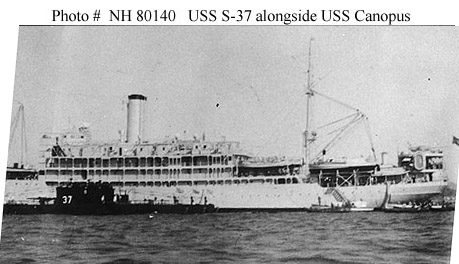
Squadron 17 - the boats that sailed the Asiatic Station with USS Canopus to "Show the Flag". |
| Go Back to Deployments - The Early Years The West Coast | Continue on to Deployments - The Early Years The Panama Canal Zone |
| Return to TenderTale Main Page © 2006 Common Cents Computers | |
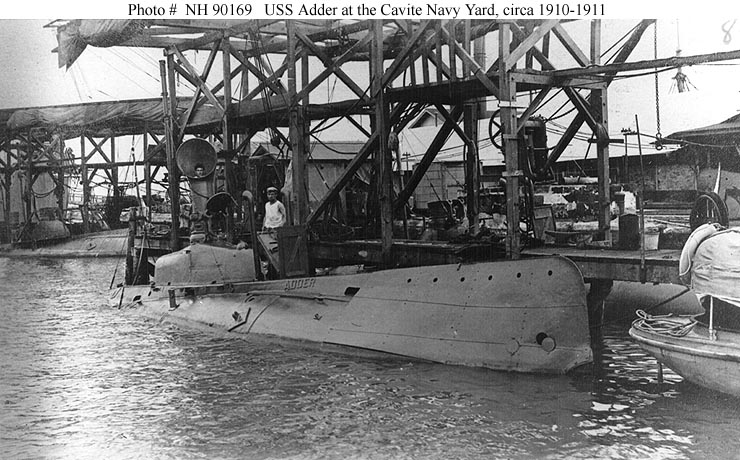 As noted - the Philippines were fairly close to China, Japan and other countries which had their own issues with growth, and sometimes cast a covetous eye towards other's lands. China in particular had internal problems - which eventually erupted into a civil war - the Boxer Rebellion in 1898. This uprising was caused as much by external pressures and interferrence (Germany, Russia, France and Britain) as friction with China's ruling Manchu Qing dynasty. With outright war breaking out - an "Eight Nation Alliance" was formed - to put down the rebellion. The United States was able to play a very significant role in putting down the rebellion - as they had a very large contingent of ships and troups in the Philippines from the final battle of the Spanish-American War - which was infact fought in Manilla Bay- and because of the building friction with some Philippinos. With the United States playing such a large role in putting down the Boxer Rebellion (which, by the way - the "exercise" was known in the United States as the "China Relief Expedition")- the United States gained much stature and influence in world affairs.
As noted - the Philippines were fairly close to China, Japan and other countries which had their own issues with growth, and sometimes cast a covetous eye towards other's lands. China in particular had internal problems - which eventually erupted into a civil war - the Boxer Rebellion in 1898. This uprising was caused as much by external pressures and interferrence (Germany, Russia, France and Britain) as friction with China's ruling Manchu Qing dynasty. With outright war breaking out - an "Eight Nation Alliance" was formed - to put down the rebellion. The United States was able to play a very significant role in putting down the rebellion - as they had a very large contingent of ships and troups in the Philippines from the final battle of the Spanish-American War - which was infact fought in Manilla Bay- and because of the building friction with some Philippinos. With the United States playing such a large role in putting down the Boxer Rebellion (which, by the way - the "exercise" was known in the United States as the "China Relief Expedition")- the United States gained much stature and influence in world affairs. 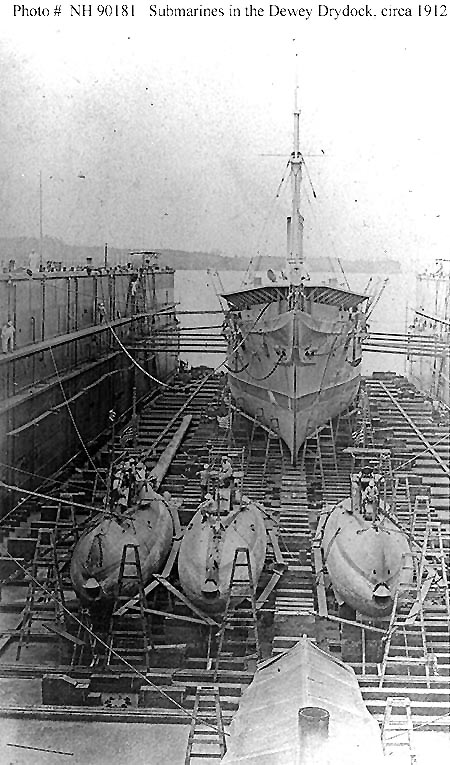 It seems that "revolution" was becoming common place - with Russia and China both about to endure one each - and the United States still in recovery from it's own. International strife was also on the increase - the Boxer Rebellion just one example - World War One would see the entire world caught up in hostillities.
It seems that "revolution" was becoming common place - with Russia and China both about to endure one each - and the United States still in recovery from it's own. International strife was also on the increase - the Boxer Rebellion just one example - World War One would see the entire world caught up in hostillities. 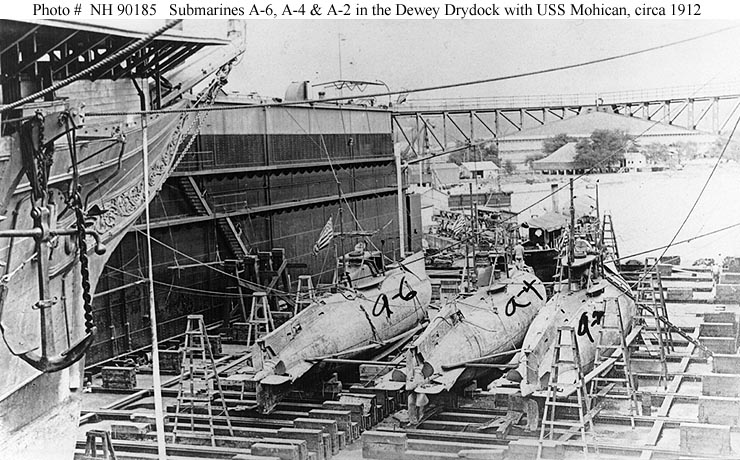 By the time the "feudal" period of Chinese history coming to an end (1928)- the United States was incorporating submarines into the "China Navy" of the Asiatic Fleet - making patrols well into China - even as far as Hancow (now Wuhan) up the Yangtze River.
By the time the "feudal" period of Chinese history coming to an end (1928)- the United States was incorporating submarines into the "China Navy" of the Asiatic Fleet - making patrols well into China - even as far as Hancow (now Wuhan) up the Yangtze River. 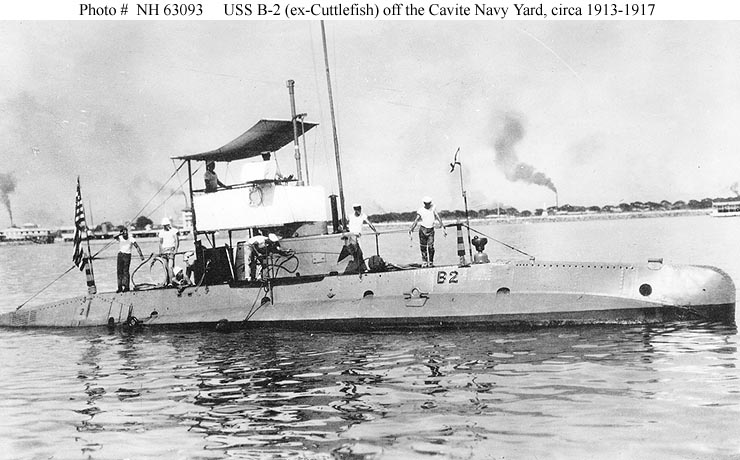
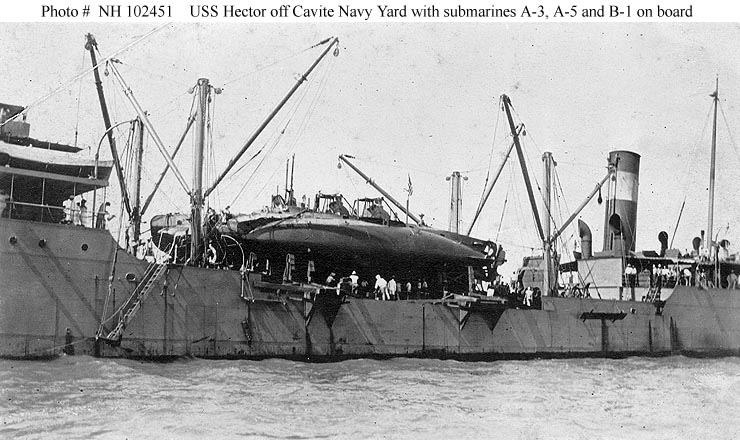

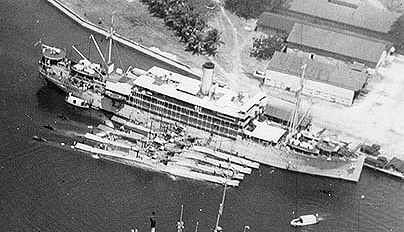 Above, right and below:
Above, right and below: